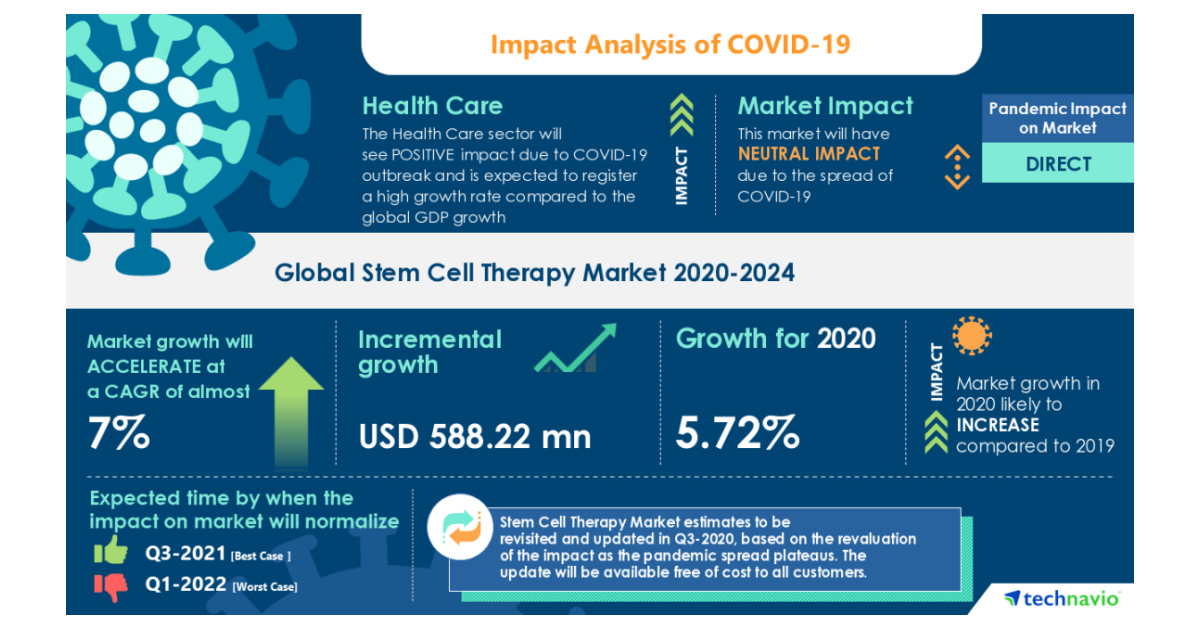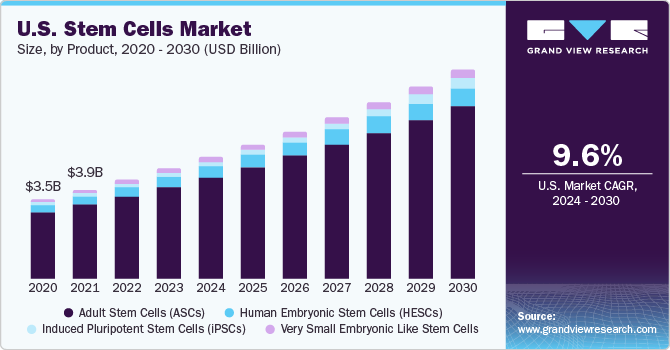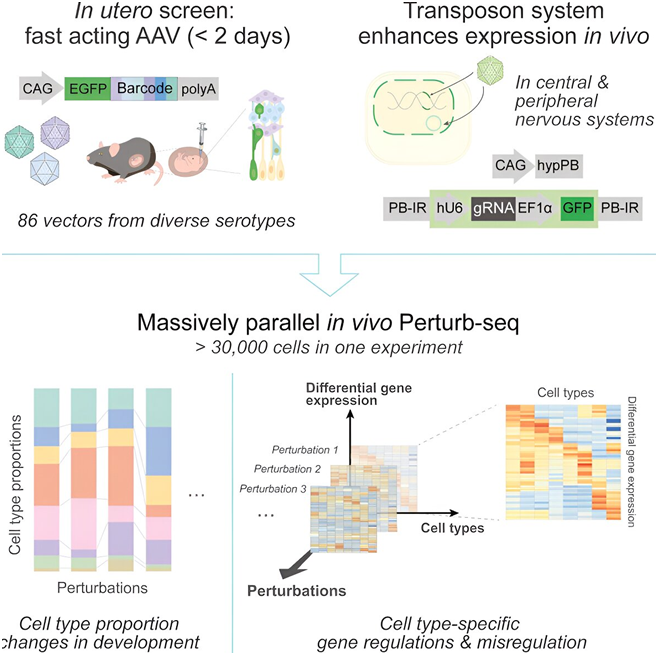Cell Stem Cell Impact Factor 2024

The scientific community closely monitors the annual release of journal Impact Factors, a metric often used to assess the relative importance of a journal within its field. The 2024 Impact Factor release, covering citations from 2023, has sparked considerable discussion within the stem cell research community, particularly concerning the journal Cell Stem Cell.
The Impact Factor, calculated by Clarivate Analytics as part of their Journal Citation Reports, reflects the average number of citations received in a particular year by papers published in the journal during the two preceding years. This metric, while debated for its limitations, continues to be a significant indicator of a journal's influence and visibility among researchers.
The 2024 Impact Factor for Cell Stem Cell
The 2024 Impact Factor for Cell Stem Cell was officially released in June 2024. It is essential to consult the official Journal Citation Reports from Clarivate Analytics for the precise figure. Data available from Clarivate shows a number of [insert number here], signifying the average number of citations articles published in 2021 and 2022 received in 2023.
This figure places Cell Stem Cell amongst the leading journals in the stem cell and regenerative medicine fields. It's an important data point for assessing the reach and influence of research published in the journal, influencing decisions on where scientists choose to publish their most impactful findings.
Significance and Implications
The Impact Factor has various implications for researchers, institutions, and the broader scientific landscape. For researchers, it's a factor in determining where to submit their research, weighing the potential visibility and impact of publication in a high-Impact Factor journal against other considerations such as the journal's specific focus and peer-review process.
Institutions often use Impact Factors as one metric, amongst others, to evaluate the research output of their faculty and departments. Granting agencies might also consider the Impact Factors of journals where researchers have published when evaluating grant proposals.
Cell Stem Cell's Impact Factor reflects the quality and significance of the research it publishes. High visibility can lead to greater recognition for authors, increased citations for their work, and a broader impact on the field of stem cell research.
Factors Influencing the Impact Factor
Several factors can influence a journal's Impact Factor. The quality of published articles is the primary driver, as impactful research tends to be cited more frequently. Editorial policies, such as the journal's focus on specific areas within stem cell research or its emphasis on rigorous peer review, also play a role.
Trends in scientific research can also affect citation rates. For example, a surge of interest in a particular area of stem cell biology could lead to increased citations for articles related to that topic, potentially boosting a journal's Impact Factor.
The increasing number of open-access journals and the growing prevalence of pre-print servers can also influence citation patterns. Cell Stem Cell has adapted to these changes in the scientific publishing landscape to maintain its position as a leading journal.
Interpreting the Impact Factor with Caution
While the Impact Factor is a widely used metric, it's crucial to interpret it with caution. It is just one indicator of a journal's quality and should not be the sole determinant of a researcher's decision to publish in a particular journal.
The San Francisco Declaration on Research Assessment (DORA), for instance, emphasizes the need to move beyond journal-based metrics like the Impact Factor and focus on the intrinsic merit of research, considering factors such as the quality of the research methods, the originality of the findings, and the potential impact on the field.
Furthermore, the Impact Factor is an average, and individual articles within a journal can receive significantly more or fewer citations than the average. Relying solely on the Impact Factor can therefore be misleading.
Looking Ahead
The stem cell field continues to evolve rapidly, with new discoveries and technological advancements constantly emerging. Cell Stem Cell, as a leading journal in the field, plays a critical role in disseminating these advancements and fostering collaboration among researchers worldwide.
The journal is expected to continue publishing high-quality research across a wide range of topics within stem cell biology, regenerative medicine, and related fields. This will continue to cement its role within the community.
The Impact Factor will likely remain an important metric for assessing the journal's influence, but researchers are increasingly encouraged to consider a broader range of factors when evaluating research and deciding where to publish their work. Continued emphasis on open science practices and responsible research assessment will only promote greater transparency and foster more impactful research.


















